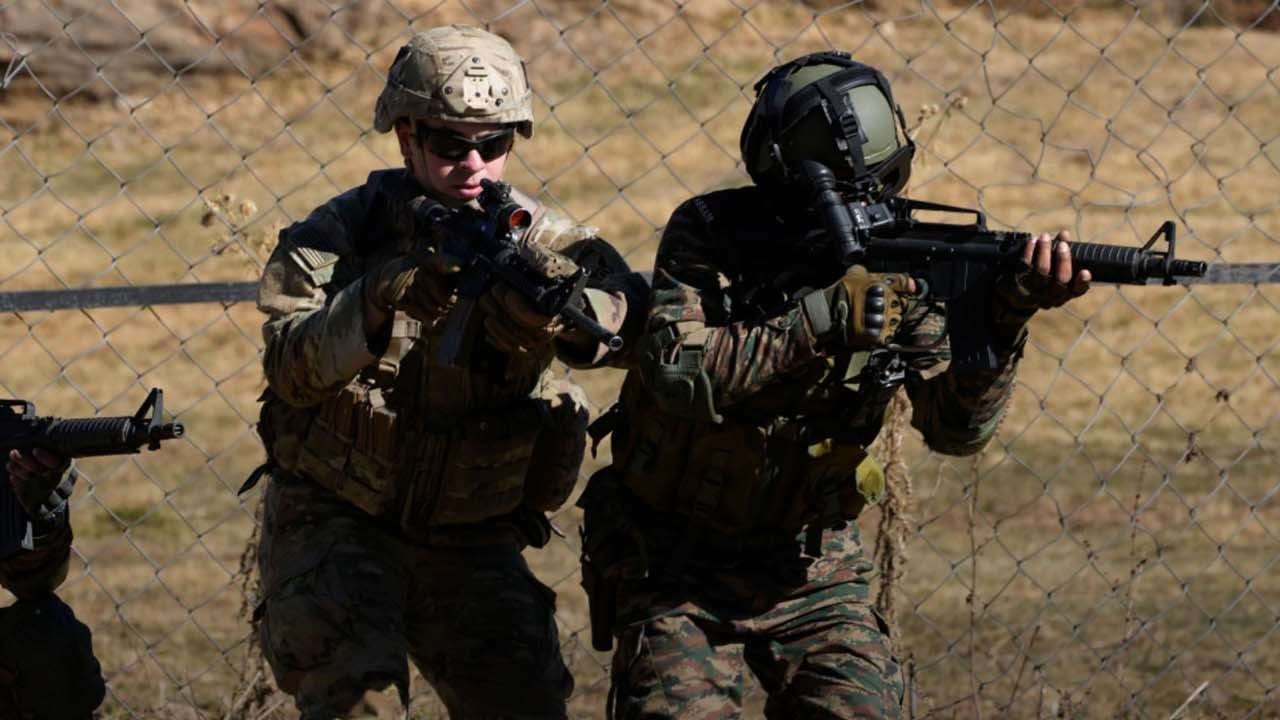
China, India at odds over trigger for troop brawl at disputed Himalayan border
- Indian defence chief says PLA soldiers tried to ‘change the status quo’ at border flashpoint
- Beijing says situation is stable after Indian troops ‘illegally’ crossed the border
China and India have given conflicting accounts about the cause of a clash in a disputed Himalayan border region last week that left soldiers on both sides with minor injuries.
Long Shaohua, a spokesman from the People’s Liberation Army’s (PLA’s) Western Theatre Command, said the clash happened during a regular border patrol on Friday when Chinese troops were intercepted by their Indian counterparts, who were “illegally crossing the border”.
“Our troops’ response is professional, firm and standard, which has helped to stabilise the situation,” Long said on Tuesday. “Both sides have been under disengagement since then.”
China’s foreign ministry confirmed the clash happened last week, saying both Indian and Chinese troops suffered “minor injuries”.
But India’s defence minister accused China of trying to “unilaterally change the status quo” along the contested frontier.
“[On December 9,] PLA troops attempted to unilaterally change the status quo by encroaching on the Line of Actual Control, in the … Tawang sector,” Rajnath Singh said.
Arunachal Pradesh is regarded by New Delhi as an Indian state, but Beijing claims about 90,000 sq km (35,000 square miles) of it as South Tibet.
Indian media said about 20 Indian soldiers and “a much higher number on the Chinese side” sustained minor injuries as the troops clashed in the highly sensitive Tawang sector, citing multiple sources in the country’s defence and security establishment.
The latest violence marked the most serious incident along the LAC since a deadly border clash in June 2020.
Yang Shu, former dean of Central Asian Studies at China’s Lanzhou University, said soaring nationalistic sentiment fuelled the latest clash.
“Both sides have been driven by nationalism in recent years, with the Indian military desiring to seek revenge, as the scars left by the 1962 bloody conflicts have yet to heal,” Yang said.
“I expect more brawls and even small-scale skirmishes will take place along the LAC if Beijing and New Delhi leadership fail to curb the irrational mood.”
He said also both sides immediately pulled back their troops last week as soon as soldiers were injured.
“There was no advance by the Chinese troops into the Indian territory,” Gupta said. “The troops of both sides pulled back and there was no major fighting, a certain restraint was observed.”
India’s toymakers poised to challenge China with help of new subsidy
After several meetings between military commanders on both sides, some soldiers pulled back from the key friction point in Ladakh, but tensions between the two countries have persisted.
Additional reporting by Agence France-Presse



.jpg?itok=HN_FTHj9)